Apple's latest iPhone Air has stirred up quite the conversation in the photography world. The device's bold design choice to feature just one rear camera has divided users and critics alike, sparking heated debates about whether simplicity can truly compete with multi-lens complexity. DXOMARK recently put this controversial camera setup through their rigorous testing process, and their comprehensive analysis reveals some surprising results. The single-sensor approach earned the iPhone Air a score of 141 points, landing it in 41st place globally among smartphone cameras, according to DXOMARK's official rankings. What makes this particularly compelling is how the iPhone Air matches performance levels with the iPhone 13 Pro, iPhone 13 Pro Max, and Xiaomi Mi 11 Ultra—proving that Apple's streamlined hardware approach can deliver flagship-quality results despite the ongoing controversy.
What's driving the single-camera controversy?
Here's the thing about the iPhone Air's camera setup—it represents a major philosophical shift from Apple's recent multi-lens strategy. In camera terms the iPhone Air is essentially a simplified version of the iPhone 17 Pro, with only one camera module instead of the Pro's three, which has polarized users who've grown accustomed to the flexibility of multiple lenses.
The technical specifications themselves are actually quite solid. We're looking at a 48MP sensor with 1.0µm pixels, 26mm equivalent f/1.6 aperture lens, dual pixel PDAF, and sensor-shift OIS—hardware that could easily anchor a flagship device. But here's where the trade-offs become apparent: the absence of dedicated telephoto and ultra-wide modules creates specific limitations that users immediately notice in real-world shooting scenarios.
This simplified approach puts the iPhone Air at a functional disadvantage compared to competitors like the Samsung Galaxy S25 Edge, which includes an ultra-wide module for enhanced shooting flexibility. When you want to capture sweeping landscapes, tight architectural spaces, or subjects that require significant zoom, the single-camera limitation forces you to physically move or accept digital crop compromises that multi-lens systems handle seamlessly.
How does the Air's camera actually perform?
Now here's where things get interesting. Despite the hardware limitations, the iPhone Air delivers surprisingly capable results that challenge assumptions about single-camera systems. Performance is very close to the 17 Pro's primary camera module, producing bright pictures with very good image quality, while the device captures nice photos with usually pleasant colors and warm white balance in everyday shooting conditions.
The camera excels particularly in standard photography scenarios with accurate exposure and color reproduction, wide dynamic range, and effective night mode. What's remarkable is how Apple's computational photography compensates for the hardware simplicity, delivering results that would have required multiple sensors just a few generations ago.
Portrait photography represents one of the iPhone Air's standout achievements. The bokeh effect and subject segmentation performed exceptionally well in testing, especially when compared with the Samsung Galaxy S25 Edge, producing nice pictures with a natural simulated bokeh effect that rivals dedicated portrait lenses. The single-sensor approach actually benefits portrait shooting by eliminating the complexity of lens switching and focus transitions that can slow down capture in spontaneous moments.
However, the device reveals some technical inconsistencies that impact the user experience. DXOMARK noted occasional exposure instabilities and loss of focus, as well as white balance adaptation issues, particularly in video. These issues become more pronounced in challenging conditions where differences become more noticeable in low light conditions compared to the iPhone 17 Pro's more sophisticated processing capabilities.
Where video capabilities make up ground
Video recording represents one of the iPhone Air's strongest suits, effectively offsetting photography limitations through superior processing and stabilization. The device produced its best results while shooting at 4K/60fps, with HDR delivering a wide dynamic range and vivid colors, while offering impressive technical capabilities with video mode offering resolutions up to 60fps at 4K and 240fps at 1080p.
The stabilization system deserves particular praise for compensating for the single-camera limitations. The iPhone Air scores points with its very effective video stabilization, producing stable footage with effective image stabilization that rivals multi-camera systems. This makes the device particularly suitable for handheld recording scenarios where movement compensation becomes crucial for professional-looking results.
The HDR implementation showcases how software processing bridges hardware gaps. The HDR format delivers a wide dynamic range and vivid colors in video recording, maintaining detail in both bright and dark areas during challenging lighting transitions. It's one of those features that really demonstrates how computational photography can extract maximum performance from simplified hardware configurations, essentially doing the work that multiple sensors would traditionally handle through hardware diversity.
What this means for your photography workflow
Bottom line: The iPhone Air's camera performance tells a story of focused excellence rather than broad versatility, requiring users to adapt their shooting style to match the device's strengths. While the lack of tele and ultra-wide modules impacts the Air's photography experience, the single camera module delivers quality that closely matches Apple's flagship devices in core photography scenarios—particularly portrait shooting, standard compositions, and video recording.
For users who primarily shoot standard photos and videos without heavy reliance on extreme focal lengths, the iPhone Air offers a compelling package that eliminates decision fatigue. The simplified approach means fewer lens-switching decisions and a more streamlined shooting experience, which some photographers may actually prefer for its immediacy and consistency.
However, there are important limitations to consider beyond the missing camera modules. Users might encounter situations where the autofocus is sometimes too slow, high-contrast scenes are recorded too darkly, details are lost in portrait mode, and problems with white balance and exposure are visible when recording videos. These technical challenges become particularly noticeable when switching from multi-camera systems or when shooting in demanding conditions that would benefit from hardware redundancy.
The iPhone Air ultimately proves that a single, well-engineered camera can deliver impressive results through computational excellence, even if it can't match the versatility of multi-lens systems. Whether this focused approach works for your photography style depends entirely on how often you rely on ultra-wide perspectives and telephoto reach versus the appeal of simplified operation and consistently strong performance in standard shooting scenarios.





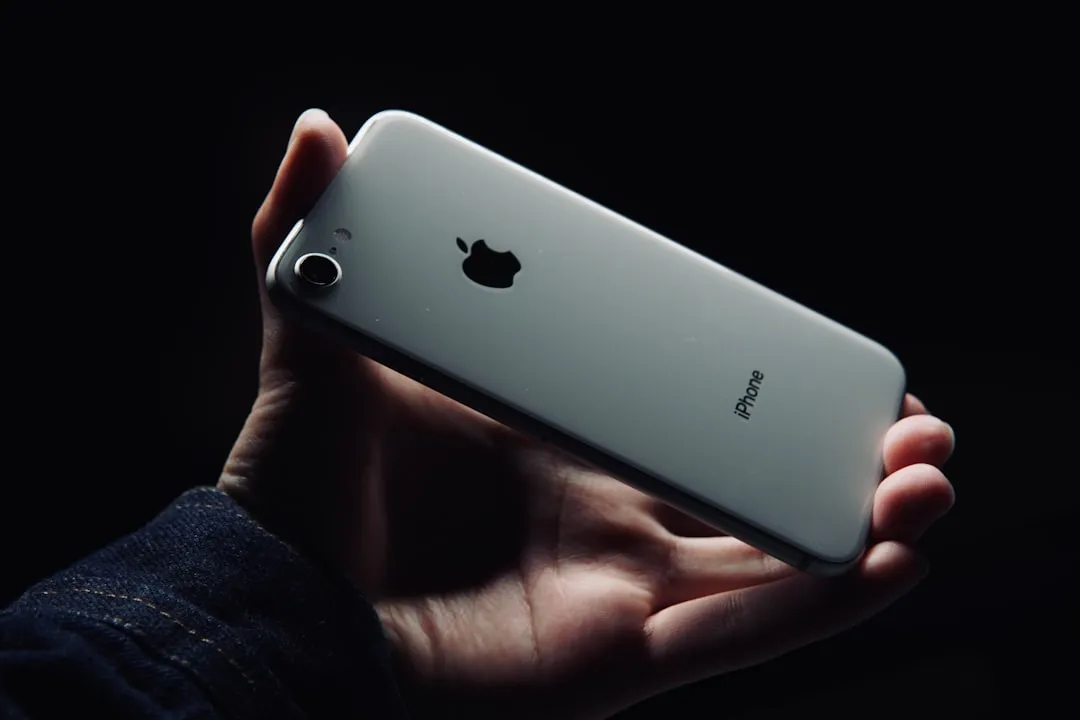

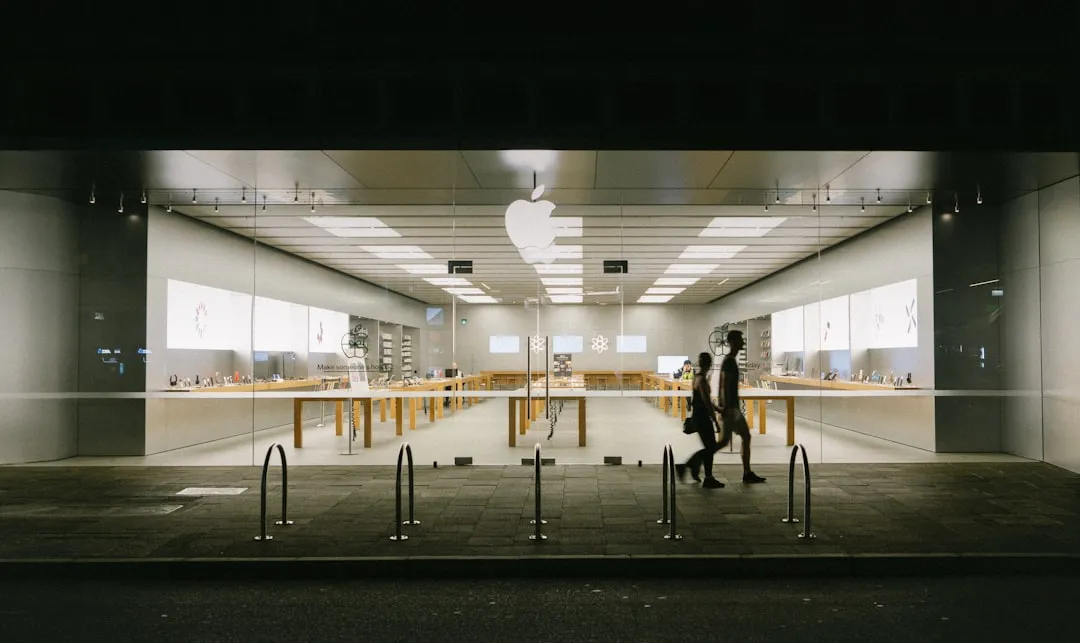

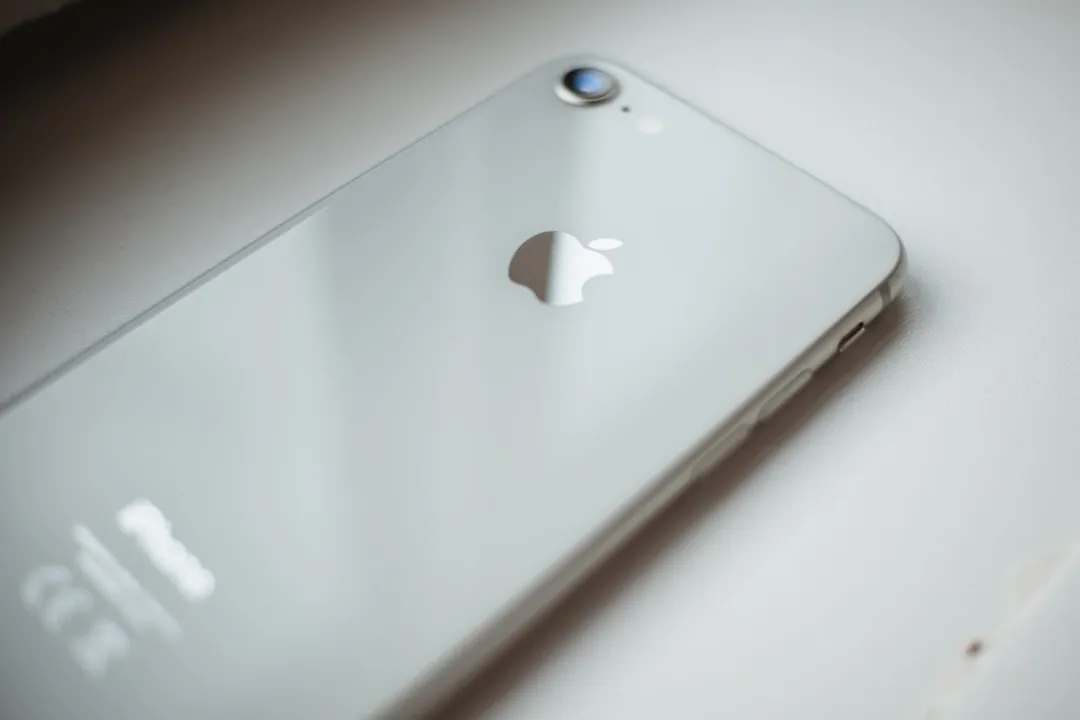
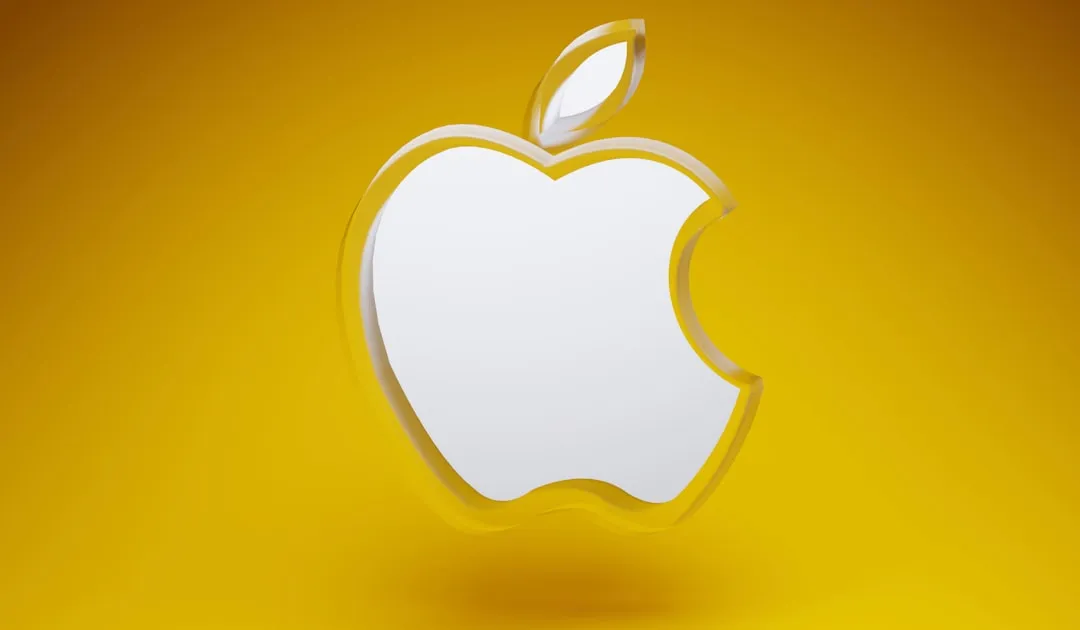
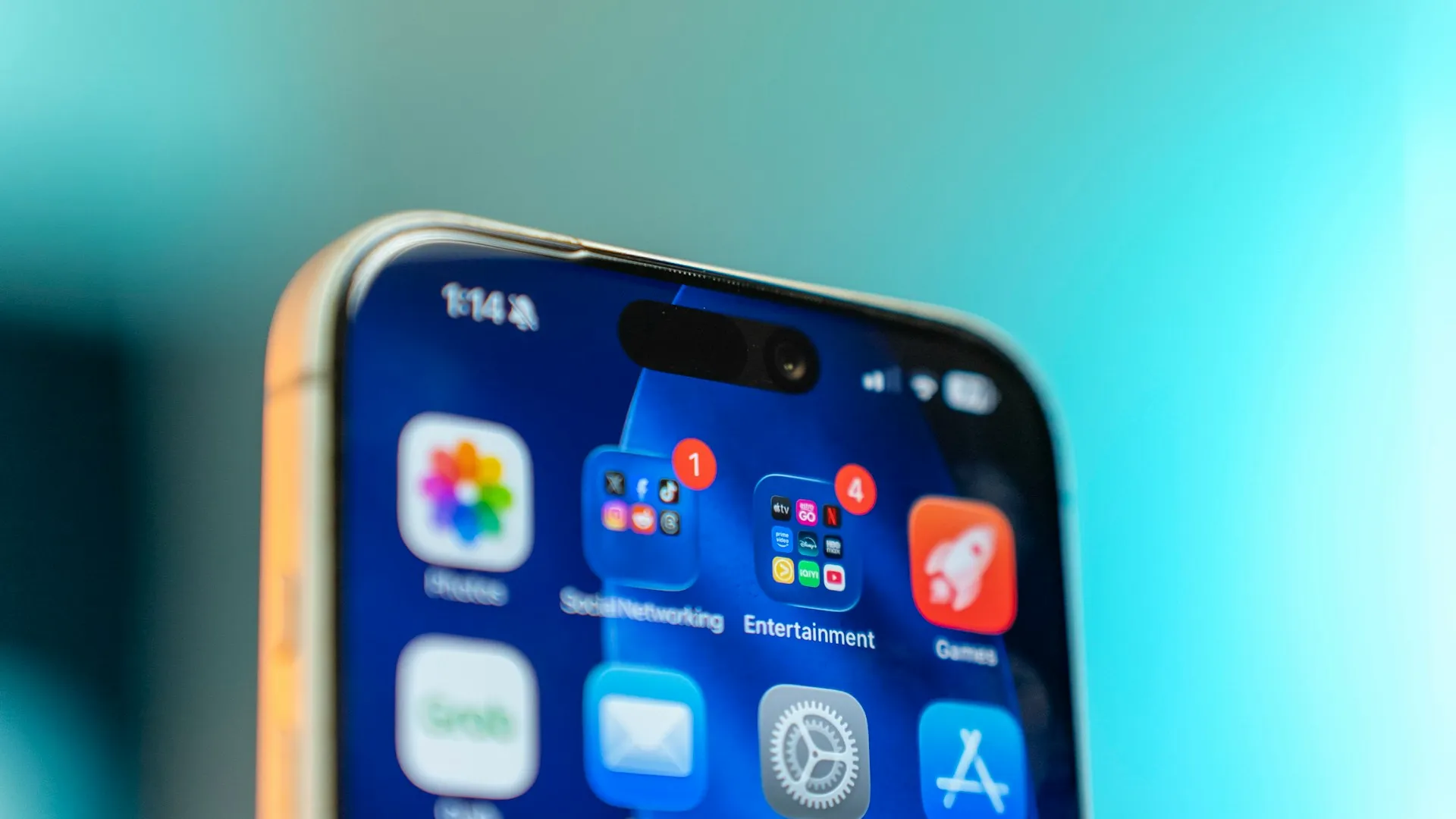
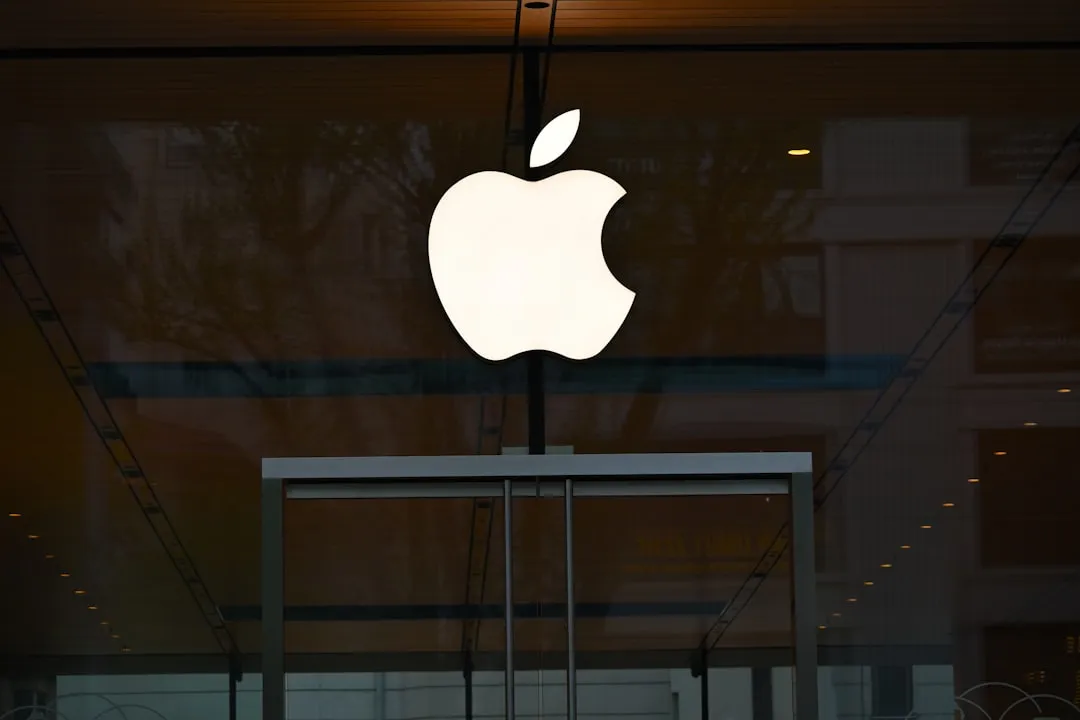




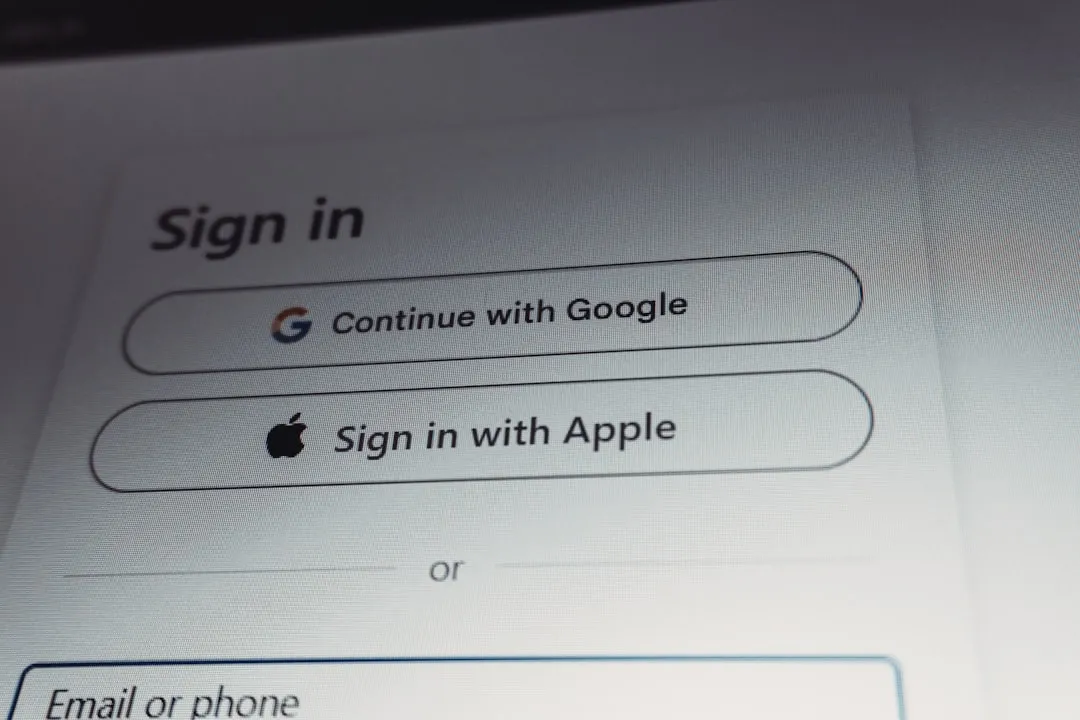
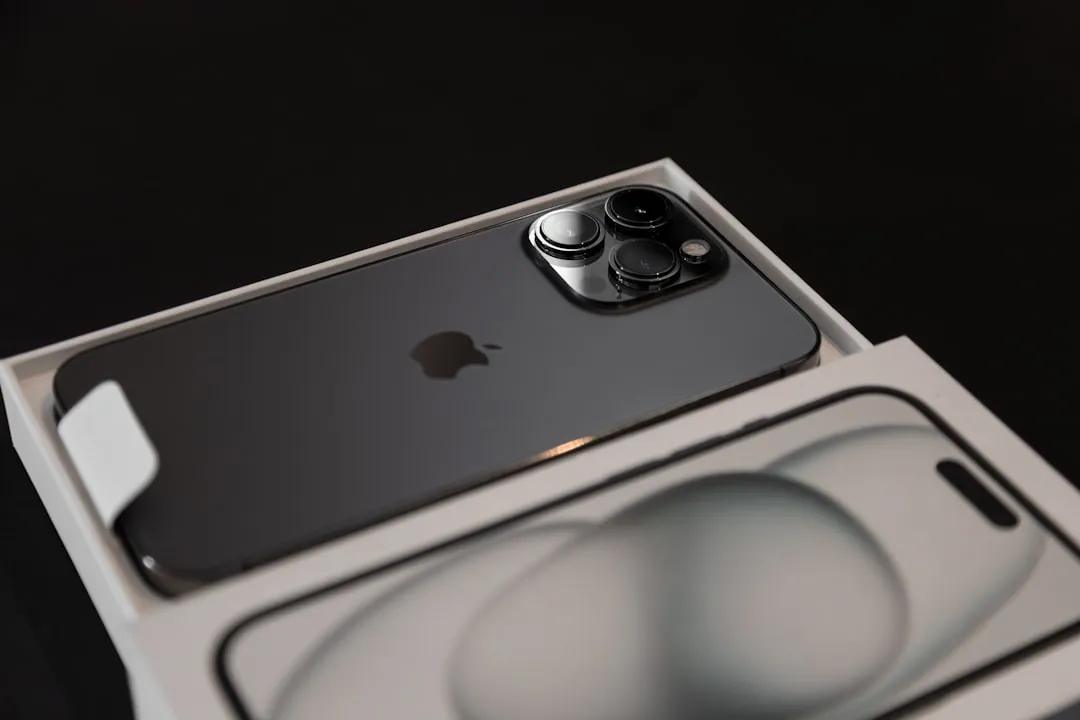
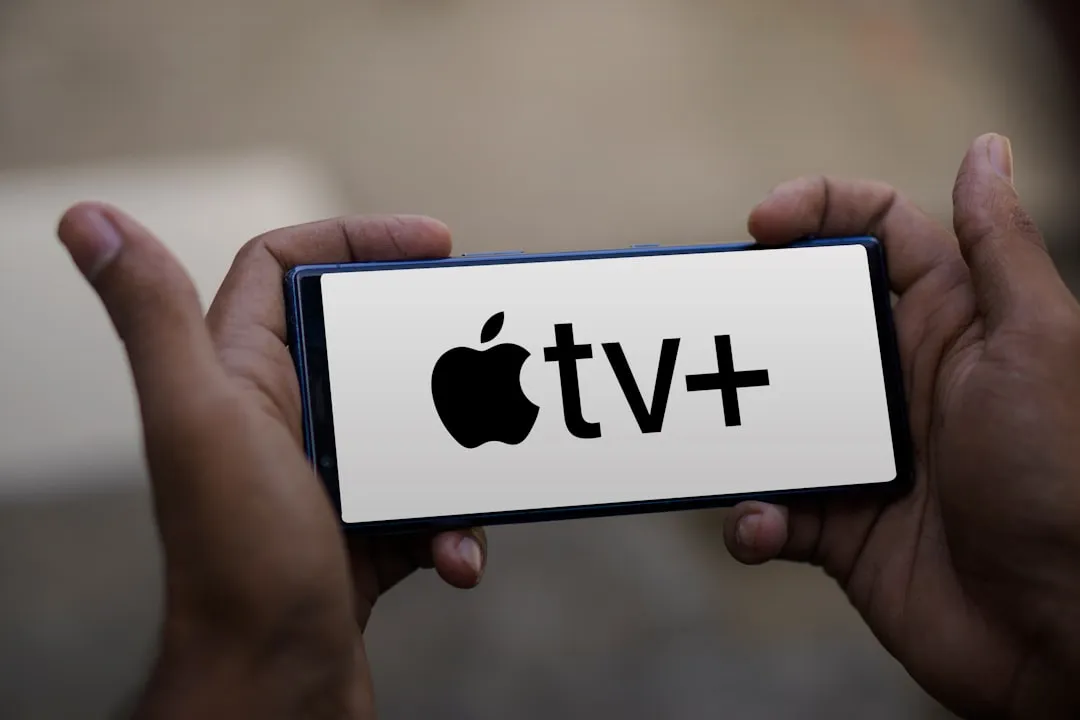

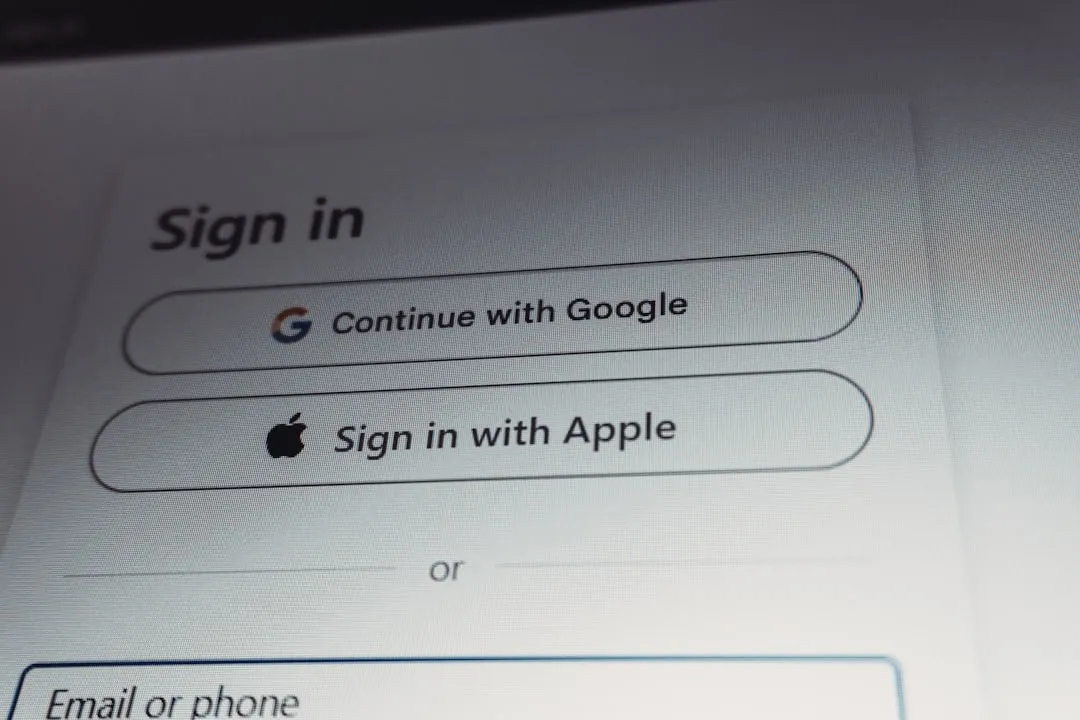


Comments
Be the first, drop a comment!